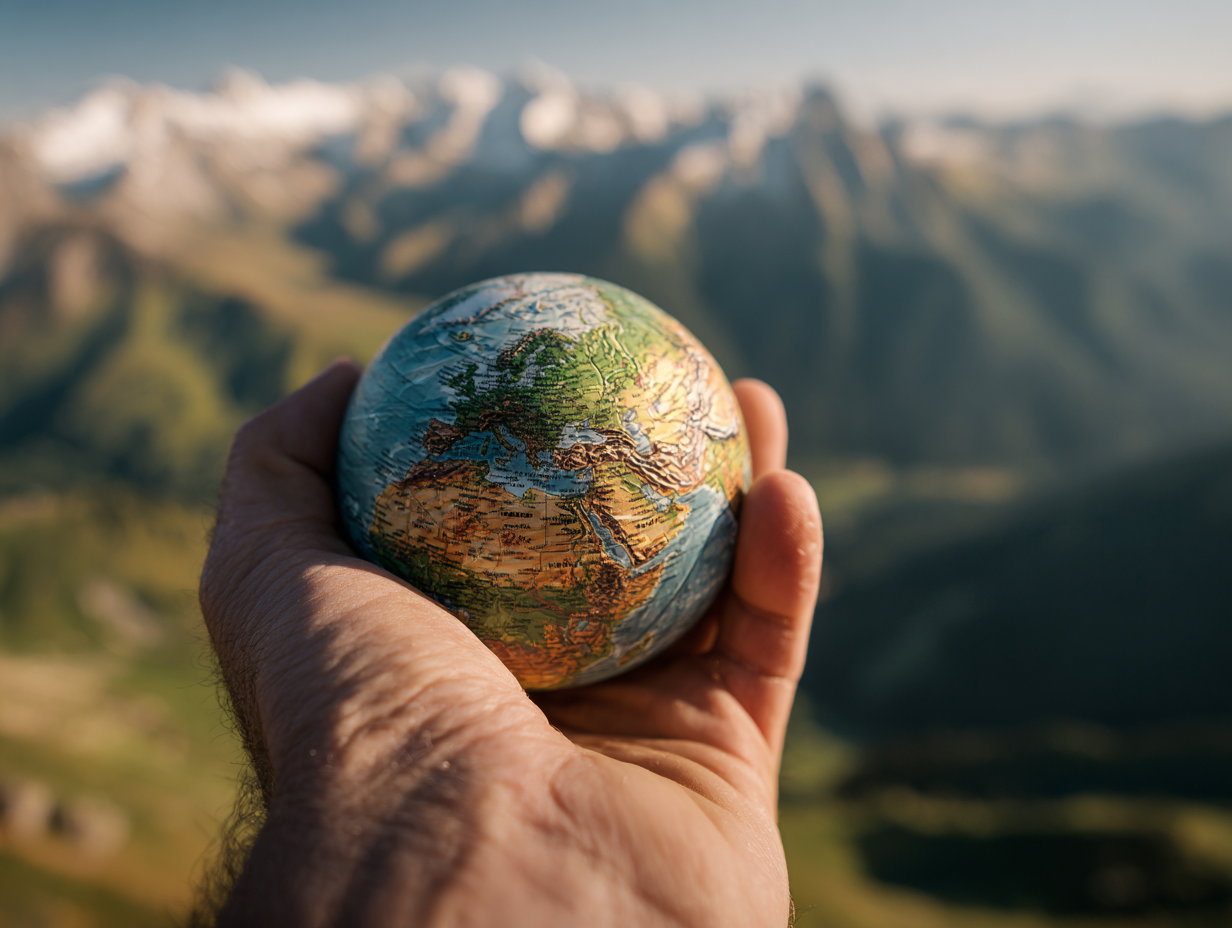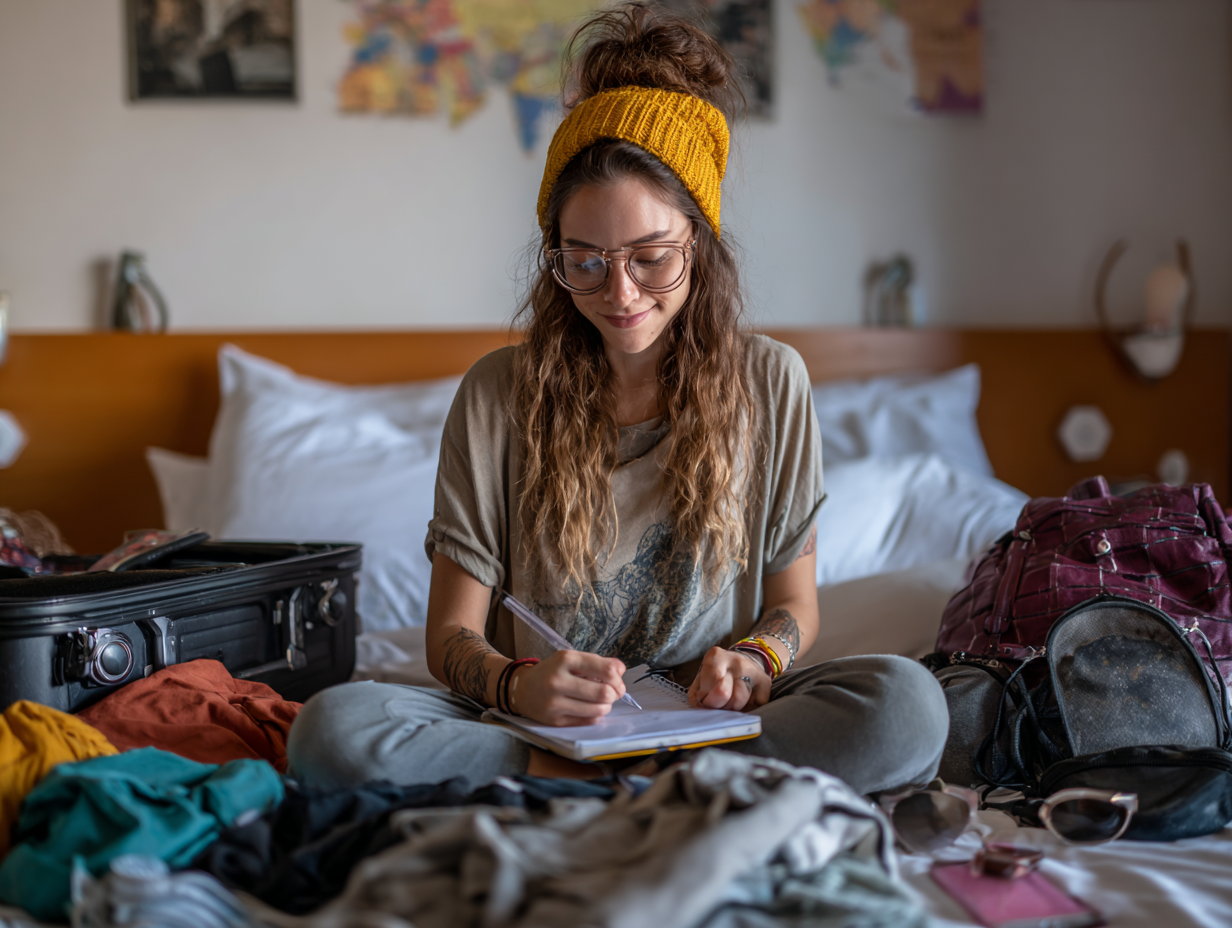Paris is known as the City of Lights for being one of the first cities to use gas street lighting and for leading the Enlightenment era as a global centre of knowledge, culture, and art. Read why Paris is called city of lights.
City of Lights: The name City of Lights dates back to the 18th century, during the Age of Enlightenment. Paris was at the center of intellectual and philosophical progress, becoming a hub for scholars, artists, and thinkers. The term “lights” symbolised knowledge, education, and the spread of ideas. Jeep reading more about city of lights.
Why is Paris called the City of Lights?
Paris was one of the first major cities in Europe to use gas streetlights. By the early 1820s, over 50,000 gas lamps illuminated its streets, making it safer and more vibrant at night.
Heart of the Enlightenment
Paris became the intellectual capital of Europe during the Enlightenment era. Thinkers like Voltaire, Rousseau, and Diderot lived and worked in Paris, promoting reason, science, and freedom of thought. This made Paris a beacon of knowledge and progress, giving a deeper meaning to its title, “City of Lights”.
Street Lighting and Innovation in Paris
Paris was among the first cities in the world to introduce organised street lighting. The project started under King Louis XIV, who ordered thousands of lanterns to be hung along major streets. By the 19th century, gas-powered streetlights spread across the city, revolutionising urban living and setting an example for other European capitals. Today, Paris continues this tradition with modern LED lighting systems that highlight monuments and maintain the city’s luminous identity.
The Beauty of Paris at Night
Paris is one of the most photographed and admired cities in the world because of its nighttime glow. Iconic landmarks such as the Eiffel Tower, Arc de Triomphe, Notre-Dame Cathedral, and the Champs-Élysées light up every evening, creating one of the most romantic nightscapes on Earth.
The Eiffel Tower sparkles every hour with 20,000 golden lights, symbolizing the city’s enduring charm and elegance. The city’s lighting projects continue to attract millions of visitors, reinforcing its title as the City of Lights and Love.
Art Museums in Paris
Apart from its illumination, Paris is known for its art, museums, and culture. The Louvre Museum, Musée d’Orsay, and Centre Pompidou are world-famous art institutions that reflect the creative brilliance of the city. Paris is also the home of fashion, literature, and cinema, further adding to its glow on the global stage.
Interesting facts about Paris
1. First City in Europe to Use Street Lighting
Paris got its famous nickname “City of Lights” in the 17th century when it became the first city in Europe to use street lights. Under the reign of King Louis XIV, lanterns were installed across streets to improve safety and visibility. By the 1820s, gas lamps lit up thousands of streets and bridges, turning Paris into a symbol of progress and modernity.
2. The Eiffel Tower
The Eiffel Tower, Paris’s most famous landmark, lights up every night with 20,000 glittering bulbs. It sparkles for five minutes every hour after sunset, creating one of the world’s most breathtaking night views. Originally built for the 1889 World’s Fair, it was once criticized but is now one of the most visited monuments in the world.
3. Paris Has More Than 290 Illuminated Monuments
The beauty of Paris doesn’t end with the Eiffel Tower. The city glows every evening with more than 290 illuminated monuments, including the Arc de Triomphe, Louvre Museum, and Notre-Dame Cathedral. These landmarks showcase the perfect blend of history, architecture, and artistry, making Paris a photographer’s paradise.
4. Heart of the Enlightenment Era
The nickname “City of Lights” also has a deeper meaning. During the 18th century, Paris was the center of the Age of Enlightenment, a movement that promoted knowledge, science, and creativity. Thinkers like Voltaire and Rousseau lived here, making Paris the intellectual capital of Europe.



